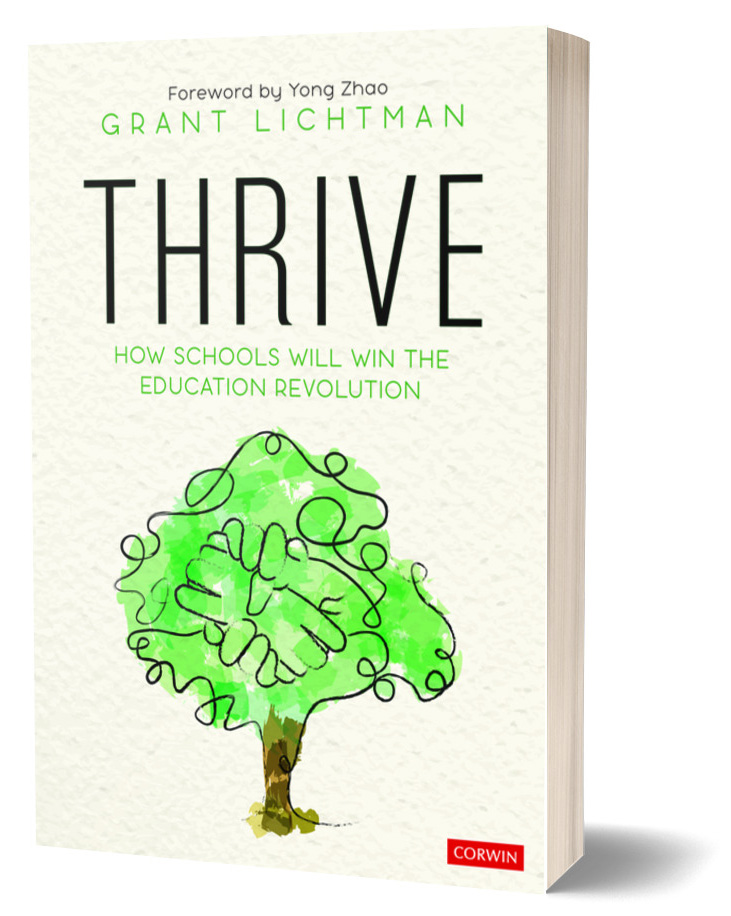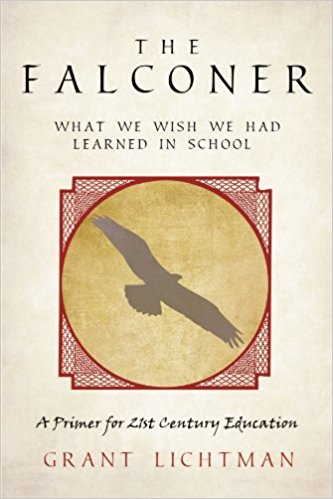While we may differ on the best definition of the role of education, most of use probably agree that providing students the tools to seek truth during their lives is an important part of the mission of education. So, what do we do when falsity is winning the battle?
 A new study by three MIT scholars “has found that false news spreads more rapidly on the social network Twitter than real news does — and by a substantial margin.” The researchers analyzed more than 125,000 news cascades on Twitter during 2016-2017, representing 4.5 million tweets by more than 3 million people.
A new study by three MIT scholars “has found that false news spreads more rapidly on the social network Twitter than real news does — and by a substantial margin.” The researchers analyzed more than 125,000 news cascades on Twitter during 2016-2017, representing 4.5 million tweets by more than 3 million people.
“We found that falsehood diffuses significantly farther, faster, deeper, and more broadly than the truth, in all categories of information, and in many cases by an order of magnitude.”
Moreover, the scholars found, the spread of false information is essentially not due to bots that are programmed to disseminate inaccurate stories. Instead, false news speeds faster around Twitter due to people retweeting inaccurate news items. They found that false news stories are much more likely to be retweeted than true stories, and that it takes six times longer for true news stories to reach a foundational audience of 1,500 people than it takes for false stories to reach a similar audience.
The authors studied a range of different kinds of stories, including politics, entertainment, science, and “urban legends”. They found that the spread of false news was more pronounced for political news than in any of the other categories.
The authors suggest that the basic reason behind these disturbing data is that humans respond to novelty. “False news is more novel, and people are more likely to share novel information. On social networks, people can gain attention by being the first to share previously unknown (but possibly false) information. People who share novel information are seen as being in the know.” The relevance of this finding should not be lost on school leaders. If the problem with the rapid spread of false news was primarily due to program bots, then the solution would be primarily technological. But since this is at least as much of a human problem as one created by hackers, the solutions will lie in what the authors call “behavioral interventions”, what educators call teaching and learning.
It is tempting to throw up our hands in the face of new, thorny, challenges like this and recede into what we know. Most of us don’t know how to teach students to evaluate real and fake news stories within a social media waterfall with which many of us are not comfortable ourselves. We don’t even know if this is our job, or if it is, where it fits within all of the other jobs that have been forced on to the educators’ plate in recent decades.
We don’t have any good answers to those questions yet. But I know this: if I were to create a decision matrix, one in which we ask if learning “A” is more or less critical than learning “B”, and do this simple 1:1 ranking of 50-100 skills or content baskets, I hope and expect that learning to tell the difference between truth and falsity, and treating both with care, would end up high on the list. The challenge becomes: how might our teachers and students re-imagine curriculum and projects to include the skills of differentiating real and false news while still focusing on the content that they need to acquire? I know we can rise to this challenge; the first step is recognizing that it is a new problem that is very worth solving.












Leave A Comment